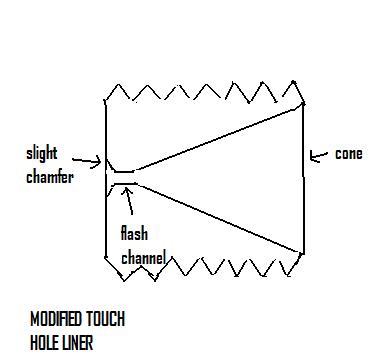Yes, I'm talking about a civilian lock. Specifically the LH Large Siler from Jim Chambers. These are my values only. Determined after much shooting for effect. What works for me might not be the best for someone else.
It is highly likely I preceded the hard Arkansas with either a hard or medium stone as I have several. This was my first attempt at modifying a lock part and I had much to learn, this happened some 30 years ago. One thing I learned was to keep spare parts on hand in case I messed one up.
I didn't get real serious about lock tuning until I had built my second rifle. About that time I got a mentor who helped me through the tough parts.
I did notice the thread was about a Brown Bess lock but I didn't think my reply was clouding the issue. I also didn't realize perhaps I was intruding into a private exchange.
It would suit me to delete my replys but I can't figure out how to do it. Any help here would be appreciated.
It is highly likely I preceded the hard Arkansas with either a hard or medium stone as I have several. This was my first attempt at modifying a lock part and I had much to learn, this happened some 30 years ago. One thing I learned was to keep spare parts on hand in case I messed one up.
I didn't get real serious about lock tuning until I had built my second rifle. About that time I got a mentor who helped me through the tough parts.
I did notice the thread was about a Brown Bess lock but I didn't think my reply was clouding the issue. I also didn't realize perhaps I was intruding into a private exchange.
It would suit me to delete my replys but I can't figure out how to do it. Any help here would be appreciated.






